Robust robotics, preeminence of repair, and a rosy percutaneous future
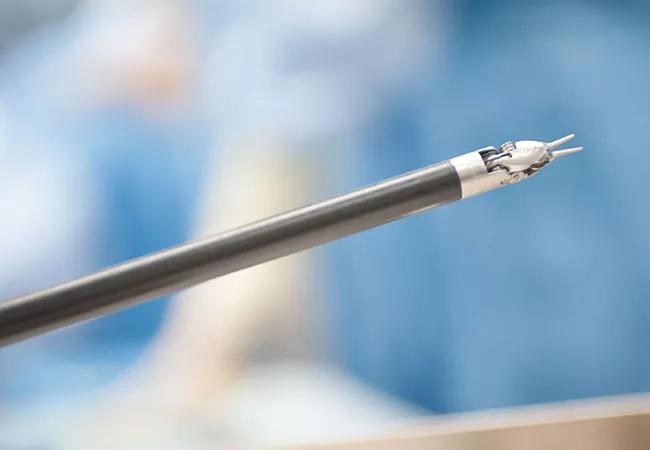
Mitral valve (MV) prolapse is not to be underestimated. Although most cases aren’t serious, MV prolapse is widespread, affecting 2 to 3 percent of the population. And in severe cases, regurgitation of blood into the left atrium puts a drag on the heart’s efficiency that ultimately can lead to congestive heart failure and death.
Advertisement
Cleveland Clinic is a non-profit academic medical center. Advertising on our site helps support our mission. We do not endorse non-Cleveland Clinic products or services. Policy
As there is no medical treatment for MV prolapse, surgical therapy is where the action is. And surgical treatment has made enormous strides over past several decades, with the gold standard for degenerative MV disease evolving from total valve replacement to valve repair.
At Cleveland Clinic, most MV surgery is performed minimally invasively, through a 2- to 4-inch incision. Now, robotic and catheter-based techniques promise to make MV replacement and repair less invasive than ever. But how effective are these techniques? And is robot-assisted MV surgery ready to go mainstream? For perspectives, Consult QD offers a close-up look at current and emerging MV treatments.
We begin with new practice-changing findings from Rakesh Suri, MD, DPhil, formerly of Mayo Clinic and now Chief of Thoracic and Cardiovascular Surgery at Cleveland Clinic Abu Dhabi, where he also serves as Chief of Staff.
In a study of 487 patients recently published in Circulation, Dr. Suri and colleagues demonstrated that robotically assisted MV repair can be 100 percent effective in treating degenerative MV regurgitation at all levels of severity when performed at a center of excellence. No study had previously shown this level of certainty in a treatment for degenerative MV regurgitation. “This study opens a window to the future,” Dr. Suri says. “We are now able to fix people’s hearts without ever looking into the chest.”
Robotic repair is performed with the assistance of a da Vinci® surgical system, through four small ports in the chest. Manipulating instruments at the end of the robotic arms, the surgeon tightens the valve leaflets by cutting and suturing, then supports the outer rim of the valve with a prosthetic ring or band. Recovery time is usually about three days (vs. seven to 10 days for open surgery).
Advertisement
Robotic repair thus appears to help provide a solution to one of the bigger problems with treating MV disease: overcoming reluctance about intervening in asymptomatic cases. “Physicians are often reluctant to refer patients with asymptomatic heart valve disorders for treatment,” Dr. Suri notes. “Patients themselves don’t want to have their breastbones split and take weeks out of their lives for recovery.”
But now independently conducted studies led by Dr. Suri (JAMA. 2013;310:609-616) and Joseph Sabik, MD, (Ann Thorac Surg. 2015;1992-2000), have shown that the sooner patients diagnosed with degenerative MV disease get treatment, the better their long-term outcomes. In Dr. Suri’s study, patients with mitral regurgitation due to flail MV leaflets who had surgery within three months of diagnosis had 40 percent improved survival up to 20 years compared with patients who received initial medical management. Delaying treatment may lead to complex and expensive rescue operations as well as debilitating symptoms of congestive heart failure.
“We now have a minimally invasive robotic alternative to open surgery whose quality, safety and durability have been established with unprecedented certainty,” Dr. Suri observes.
One aspect of Dr. Suri’s new study of robot-assisted MV repair should not be overlooked: His findings apply only to robotically assisted MV surgery performed at selected centers of excellence by highly experienced surgeons.
“Practice makes perfect,” he says. “Expertise, proficiency and excellence in valve repair and minimally invasive and robotic surgery are linked to the frequency with which a procedure is performed. There are very few surgeons anywhere who perform these operations frequently, so directing patients to those centers of excellence in both valve disease and robotics is the right thing to do for the patient, society and the professions involved.”
Advertisement
Cleveland Clinic now has the largest and most experienced program for robotically assisted cardiac surgery in the world. In addition to Dr. Suri, surgeons who regularly perform robotic procedures in the program include Tomislav Mihaljevic, MD (recently named CEO of Cleveland Clinic Abu Dhabi), and Johannes Bonatti, MD — all of whom practice at both Cleveland Clinic Abu Dhabi and Cleveland Clinic’s main campus — as well as A. Marc Gillinov, MD, who is based primarily at the main campus. In all, they give Cleveland Clinic an unmatched mass of robotic cardiac surgery expertise.

Drs. Tomislav Mihaljevic, Rakesh Suri and A. Marc Gillinov (left to right in photo) are three of the four surgeons who give Cleveland Clinic the largest collective robotic cardiac surgery expertise in the world.
Between 2010 and 2014, Cleveland Clinic surgeons performed more than 420 robotically assisted MV repairs, with a mortality rate of 0.2 percent, against an expected rate of 1 to 1.2 percent.
Even as Dr. Suri’s study helps bring robotic MV repair more fully into the mainstream, other minimally invasive alternatives for MV disease are bubbling under the surface. In late 2013, the FDA approved a new percutaneous MV repair system, MitraClip®, to treat severe degenerative mitral regurgitation in patients at high surgical risk. “At Cleveland Clinic, we have had excellent results and achieved substantially improved patient quality of life by placing the MitraClip in patients who are unable to have surgery for degenerative mitral regurgitation,” says interventional cardiologist Amar Krishnaswamy, MD.
Advertisement
In addition to regularly using MitraClip in that patient group, Cleveland Clinic is involved in the ongoing multicenter COAPT study of the device for patients with functional mitral regurgitation, for whom MV surgery can be especially risky. “The European experience with the MitraClip has been predominantly in patients with functional mitral regurgitation,” notes interventional cardiologist Samir Kapadia, MD, who serves on the COAPT steering committee. “We can provide a lot of help for patients in this group, so this is an important U.S. trial for a non-FDA-approved indication.”
Also under investigation is transcatheter mitral valve replacement (TMVR), a procedural cousin to the now widely used transcatheter aortic valve replacement (TAVR). “It’s a transapical procedure that currently involves a small thoracotomy,” says surgeon Dr. Gillinov, who serves as co-principal investigator for a multicenter feasibility and safety trial of the Tendyne Bioprosthetic Mitral Valve System, an experimental TMVR device. “It involves a combined procedure usually performed by a team of cardiologists and cardiac surgeons in a hybrid operating room.”
Like TAVR, TMVR is being developed as an option for patients not eligible for surgical procedures. “If the past decade was the decade of TAVR, the coming years will be the decade of TMVR,” says interventional cardiologist E. Murat Tuzcu, MD, who is actively involved in studies of TMVR.
Advertisement
Advertisement

Patient-patient network analysis proves to be fast and clinically intuitive
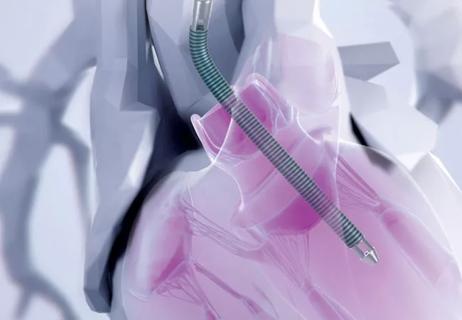
How we’re using a new multidisciplinary approach to broaden the benefits of ablation

Models developed with promising accuracy and generalizability to clinical practice
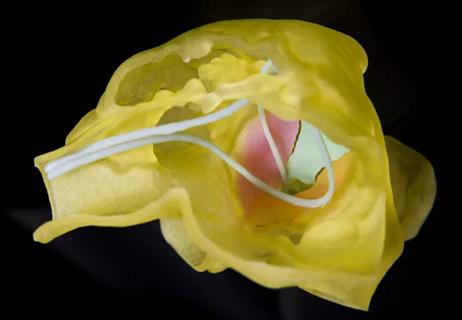
Illustrated case series profiles a valuable tool for a rare and complex entity
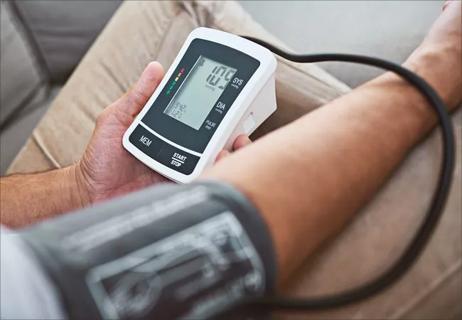
Keys to success include a team-based approach and integration into clinical workflow

A minimally invasive, single-incision approach to two coexisting problems
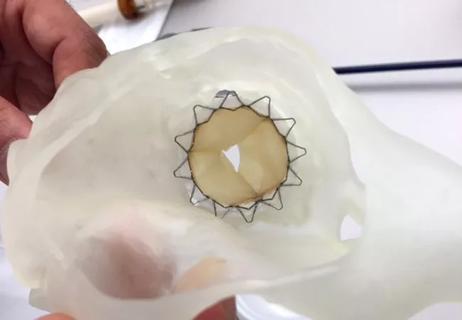
New review outlines applications to date, hurdles to overcome
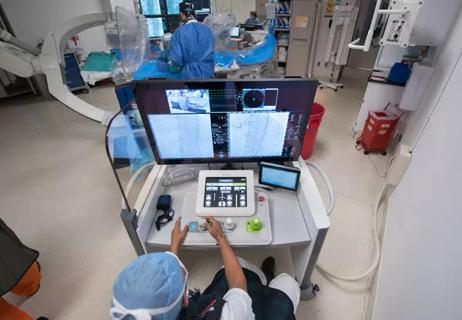
A long-overdue technology is poised to reshape practice